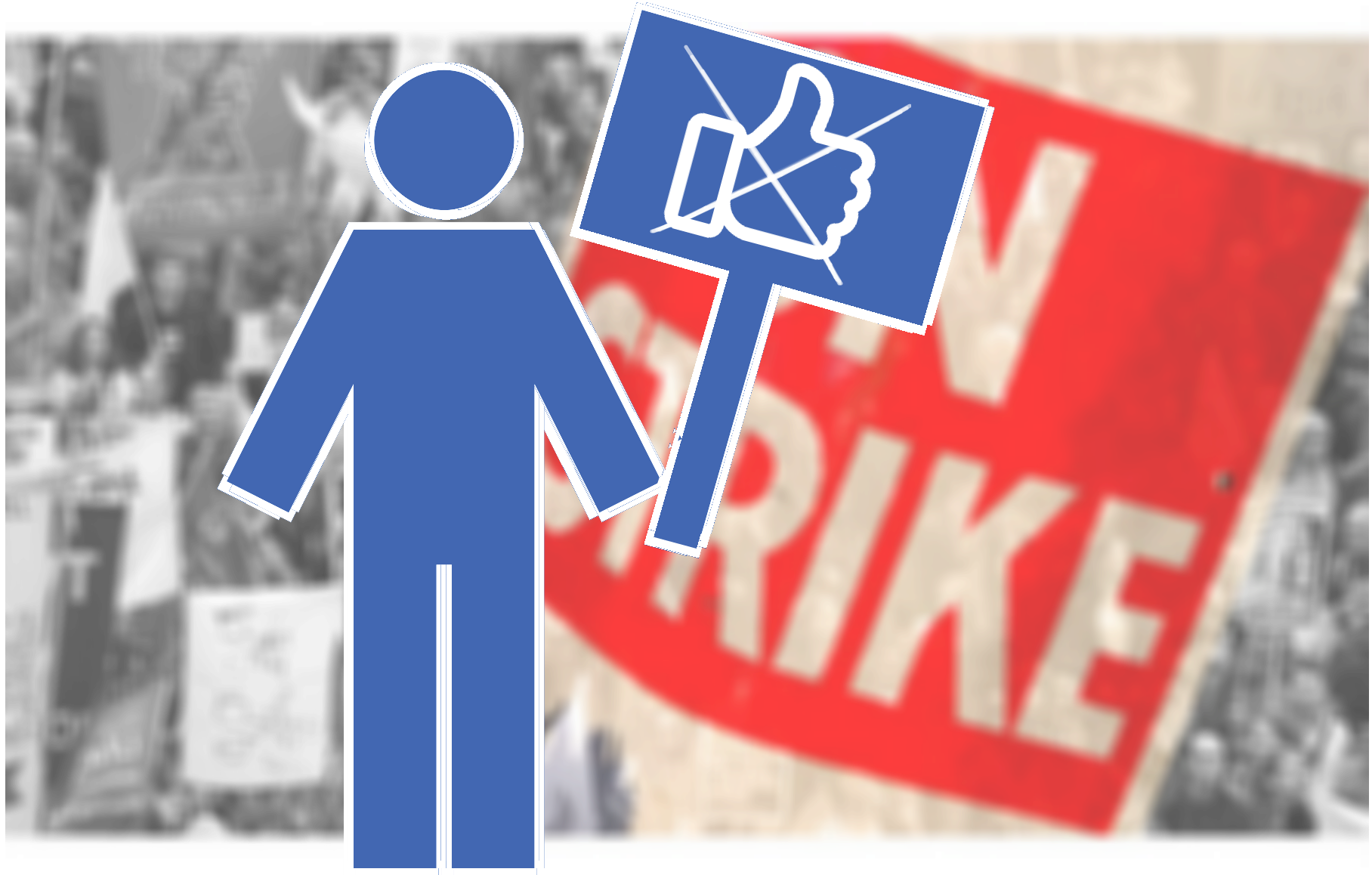Tag: activism

Why Facebook users’ “strikes” don’t work (and how can we fix them)?
Another day, another call for a Facebook “users’ strike”. This one would allegedly run from May 25 to June 1,… read more Why Facebook users’ “strikes” don’t work (and how can we fix them)?

Greek national newspaper I Kathimerini about “Qu’est-ce Que le Digital Labor?” (1 Nov. 2015)
Ioanna Fotiadi interviewed me for the Greek national newspaper I Kathimerini about our recent book “Qu’est-ce que le digital labor?”… read more Greek national newspaper I Kathimerini about “Qu’est-ce Que le Digital Labor?” (1 Nov. 2015)
Nouvelle enquête : médias, Internet et censure en Iran
Une enquête unique a été conduite sur un échantillon de 1022 citoyens iraniens par une équipe de chercheurs de l’Iran Media Program (Annenberg School of Communications de l’Université de Pennsylvanie) en collaboration avec Gallup. Le rapport final “Finding a Way – How Iranians reach for news and information” est disponible en ligne. Voilà quelques résultats saillants…
Censorship and social media: some background information
Some background information about Casilli & Tubaro’s study “Social Media Censorship in Times of Political Unrest – A Social Simulation Experiment with the UK Riots” (published in the journal Bulletin of Sociological Methodology, vol. 115, n. 1). Author’s bios, free version of the text, videos and simulations.
La simulation sociale pour combattre la censure : texte de ma conférence à TEDxParisUniversités
[UPDATE 05.06.2102: La vidéo de mon talk est désormais en ligne sur le site Web des conférences TED. Enjoy &… read more La simulation sociale pour combattre la censure : texte de ma conférence à TEDxParisUniversités
Et in Athenis ego: update on ongoing research on the body + riots
I know I should be in Lyon for the www12 conference with all the Internet big shots, but instead I’m… read more Et in Athenis ego: update on ongoing research on the body + riots

Antidatamining, or the art of killing financial markets a little every day
All throughout the month of February 2012 the Net artist collective RYBN is in residence at the Gaîté Lyrique, one… read more Antidatamining, or the art of killing financial markets a little every day

Assange, corporate conspiracies, and Wikileaks ultimate contradictions
Monday, October 24th, 2011. While facing a crowd of journalists and activists gathered at London’s Frontline Club for a momentous… read more Assange, corporate conspiracies, and Wikileaks ultimate contradictions
'Blame it on Black Culture': Race, Ethnicity, and Bogus Explanations of UK Riots
The hunger for evidence of the social and cultural factors influencing the recent UK riots can lead to “politically spurious” correlations – as the cautionary tale of this nameless blogger shows…

Le refus de la civilisation du Net engage le cognitariat à un difficile examen de conscience (s01e03)
Nous ne pouvons plus nous dire, en même temps, “natifs” et “barbares” du numérique… Click to enlarge « Go to the… read more Le refus de la civilisation du Net engage le cognitariat à un difficile examen de conscience (s01e03)